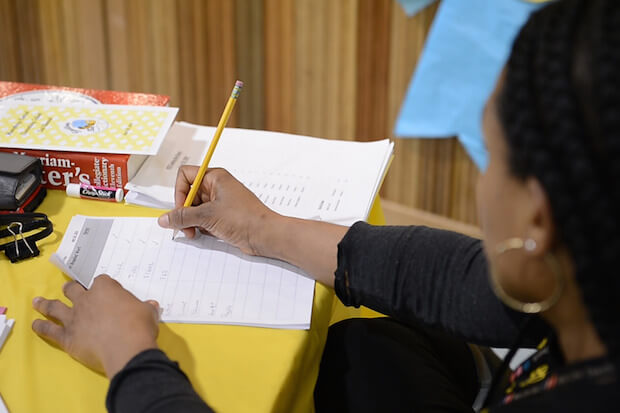
When you hear the word “competition,” your thoughts may run to images from your childhood, winning the first-place match in a soccer tournament. Oh the ‘high’ that gave you! Or the race for the highest GPA to become high school valedictorian. And you may also remember the embarrassment of failing at certain competitions. So, is competition at school healthy?
Today, the idea of ‘competition’ in our schools is much different (and the Internet seems to be complaining about it, correlating it with everything that’s wrong with so-called ‘millennials’). When comparing your own competition memories to your child’s current reality, you may glance over a shelf full of ‘participation’ trophies and wonder if the competitive activities from your childhood could still hold a place in your child’s life today.
Is it better to keep competition out of the way at school, so no one gets hurt? Or could competition be the key to unlocking even more of your child’s potential?
Below we’ll cover the pros and cons of encouraging competition in schools:
The Pros of Competition in Schools:
1. Motivation thrives in competitive situations
It’s probably every parent’s dream for their children to be motivated at school all the time. Competition at school can be a great way to motivate kids, by challenging them to put in their maximum effort.
2. Competition in schools leads to valuable skills
When children face competitive activities at school, they not only gain individual skills, like resilience and motivation, but they also build on important interpersonal skills. Competitive activities actually help students learn to let others have their turn, see things from others’ point of view, and build a strong character in spite of failure. These are skills that help prepare students for the workplace later in life. It also helps them succeed socially and academically in school.
3. Healthy competition boosts self-esteem and engagement
Positive, healthy competition at school will help build students up, and engage them as they discover new skills. Some signs of healthy competition include seeking opportunities to repeat the competition, developing new talents, desiring to improve, and experiencing higher self-esteem.
The Cons of Competition in Schools:
1. Stress often comes hand-in-hand with competition
Competition can easily lead to stress and anxiety, especially if it promotes academic competition between individual students. This stress can force students to push back other interests and extracurricular activities, leading to an unbalanced life.
2. Be prepared for disappointment
The emotional impact and confidence of your child can be negatively affected by a less-than-ideal outcome, which is one of the disadvantages of competition in learning process. Unless the objective is to ensure every child emerges victorious in every contest, there will inevitably be moments of disappointment when they don’t win. Undoubtedly, experiencing defeat is a challenging and difficult aspect of competition.
3. Unhealthy competition leads to lower engagement
If a competition does not provide kids with a goal that is attainable for everyone, the activity becomes unbalanced, with some jumping ahead and others ending up left in the dust. This is the kind of competition that will lead to anxiety and a diminished desire to participate in related activities. An unhealthy competition may be one that is focused on winning, says Jessica Velasco of howtolearn.com, instead of honing in on learning a new skill or working as a team. These are the competitions that you may want to think twice about before incorporating into your classroom!
Healthy Competition Is the Way To Go
Regardless of where you stand in your opinion of whether competition is healthy in schools, keep in mind there are many different forms of competition that can take place. Some are definitely more positive than others! Aim for competitive activities that involve setting attainable goals and encouraging teamwork. And of course, above all, keep students engaged and having fun.
Stay tuned for more specific tips on how to implement healthy competition in the classroom!




